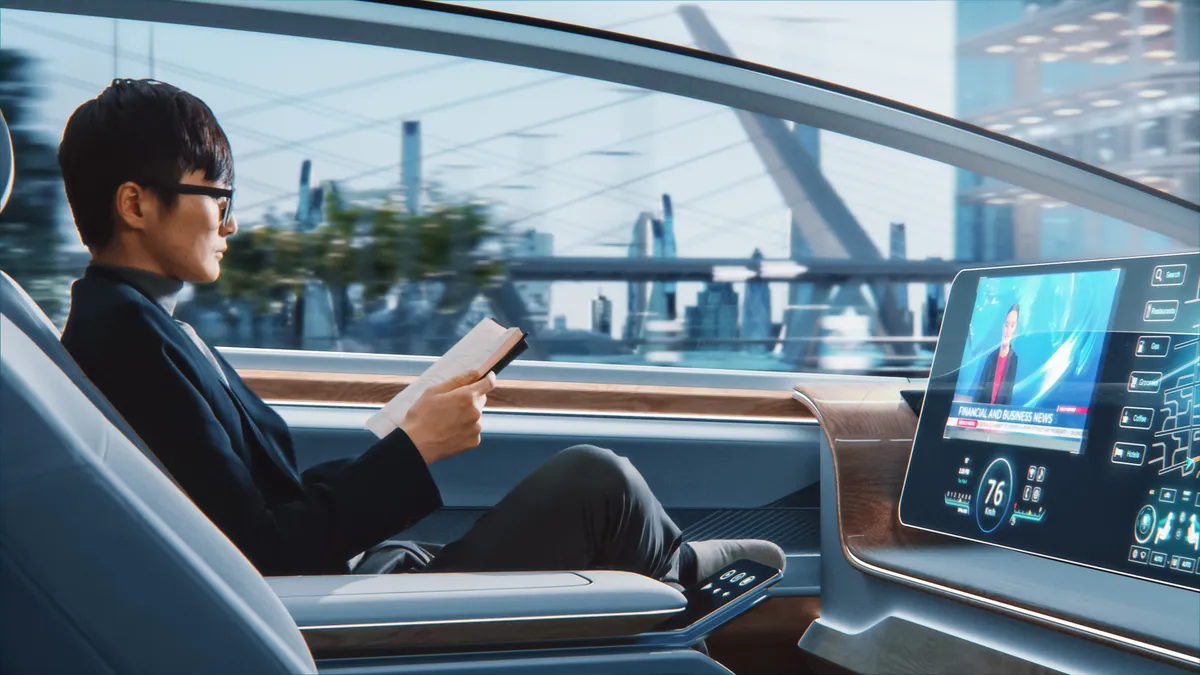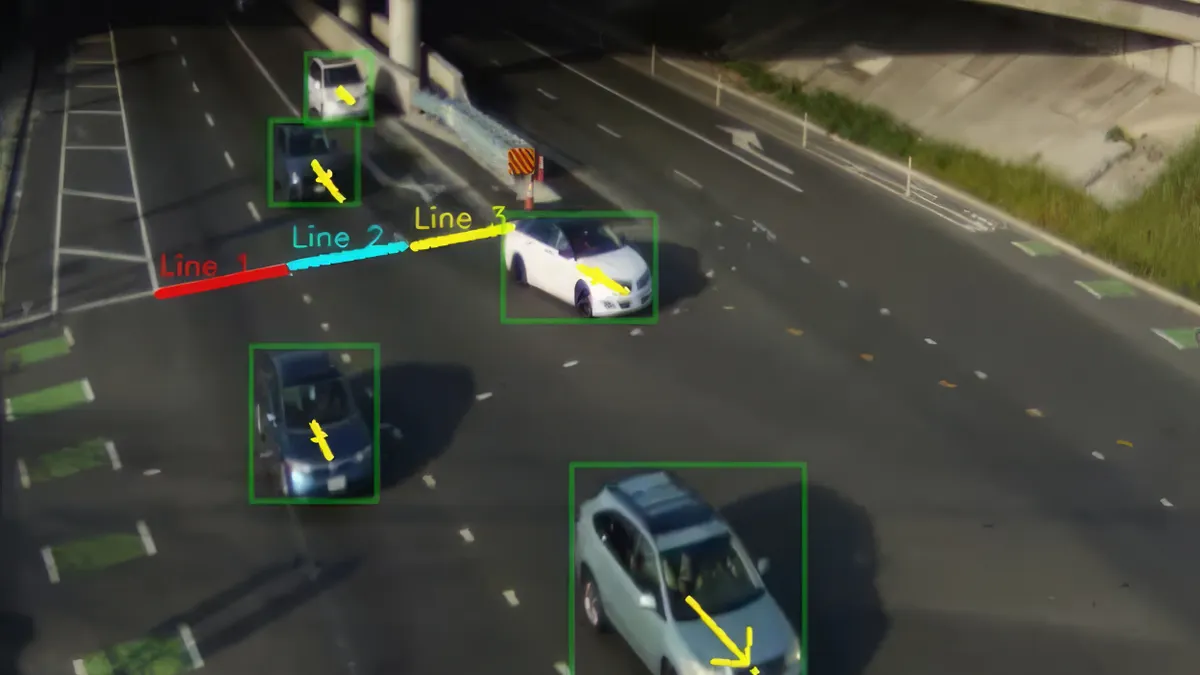Self-driving cars have the potential to increase transportation equity and safety but need regulation at all levels of government to avoid worsening urban sprawl, climate change and public health, according to a research report published today by the Urban Institute.
Autonomous vehicles could save lives and prevent injuries, but in a recent test conducted by the Insurance Institute for Highway Safety, automatic emergency braking systems performed poorly in identifying pedestrians at night. And in San Francisco, where General Motors’ Cruise subsidiary is operating a ride-hailing service with unattended self-driving cars, the vehicles have blocked traffic, and one was involved in an accident that resulted in injuries.
“My perspective and the perspective of a lot of people we interviewed is that AVs do have a lot of potential, and they could save millions of lives around the world if they're implemented successfully, but the benefits of AVs will not occur if companies who provide AV technology operate in a laissez-faire environment,” said Yonah Freemark, senior research associate at the Urban Institute and co-author of the report.
The National Highway Traffic Safety Administration last year required manufacturers and operators of autonomous vehicles to report crash data. In June, NHTSA released data showing that cars using self-driving technology were involved in 367 crashes, resulting in six fatalities.
But, explained Freemark, “The problem with that report and with the data they've collected so far is that it doesn't tell us about the comparative safety because we don't know much about what the conditions were that led to a specific crash.” For example, Freemark said the data does not show if human drivers would have been able to avoid those accidents.
The report recommends the federal government “substantially expand” the testing of AVs and improve the collection of crash data. “Frankly, if we don't have that information, we're going to continue to be in the dark about whether this technology is good or bad in terms of safety,” Freemark said.
Most states “lack comprehensive AV regulation."

Urban Institute report
Done right, electric AVs could make it easier and less expensive for people to get to work, school and other daily activities while reducing the climate impact of the current transportation system, the report stated. Autonomous vehicles could improve mobility for people with disabilities, lower-income households and older adults.
But AVs also have the potential to increase automobile use, adding to highway and street congestion. The ability to travel longer distances without the task of driving could encourage people to live further from urban centers, Freemark said. “You are essentially giving people this ability to spend a longer time in transportation. Doing so historically has been associated with more sprawling land uses, and that is really problematic from an environmental perspective.”
Without federal legislation, or AV-specific regulation, 41 states and the District of Columbia have passed a total of 122 laws related to autonomous vehicles or automated driving systems, the report stated. But most states “lack comprehensive AV regulation and are still in an exploratory legislative phase,” the report says. The exception is California, which set an extensive list of requirements for AV operators in 2020.
The Urban Institute report recommends that states and local governments work with transit agencies to encourage multimodal options, ensure ride-hailing AVs serve all communities and follow Americans with Disabilities Act requirements, and develop policies to encourage the use of zero-emission AVs.
Additionally, the report urged states to encourage shared rides, consider subsidies for people with low incomes to use shared-ride AVs and adopt new vehicle registration standards that permit vehicle use by those lacking a driver’s license.
Local governments could experiment with geofenced streets and neighborhoods that only permit fully-automated vehicles. Cities could also regulate curb space to favor shared-use modes.
Mass adoption of purpose-built AVs won’t happen anytime soon, Freemark said. High costs, consumer unfamiliarity and federal requirements that limit AVs without human controls to 2,500 vehicles annually per manufacturer limit self-driving cars to special use cases.
The most likely early adopters will be ride-hailing and ride-sharing companies that are “able to supervise the vehicles constantly,” said Freemark.
U.S. Rep. Bob Latta, R-Ohio, reintroduced the SELF DRIVE Act last year to spur the development of autonomous vehicles in the U.S. In an interview earlier this month, Latta said, “This technology is moving forward. And we want to do it here [in the U.S.].”



















